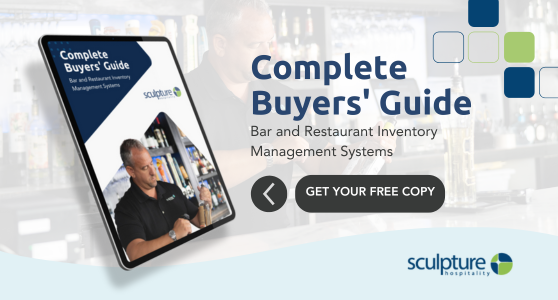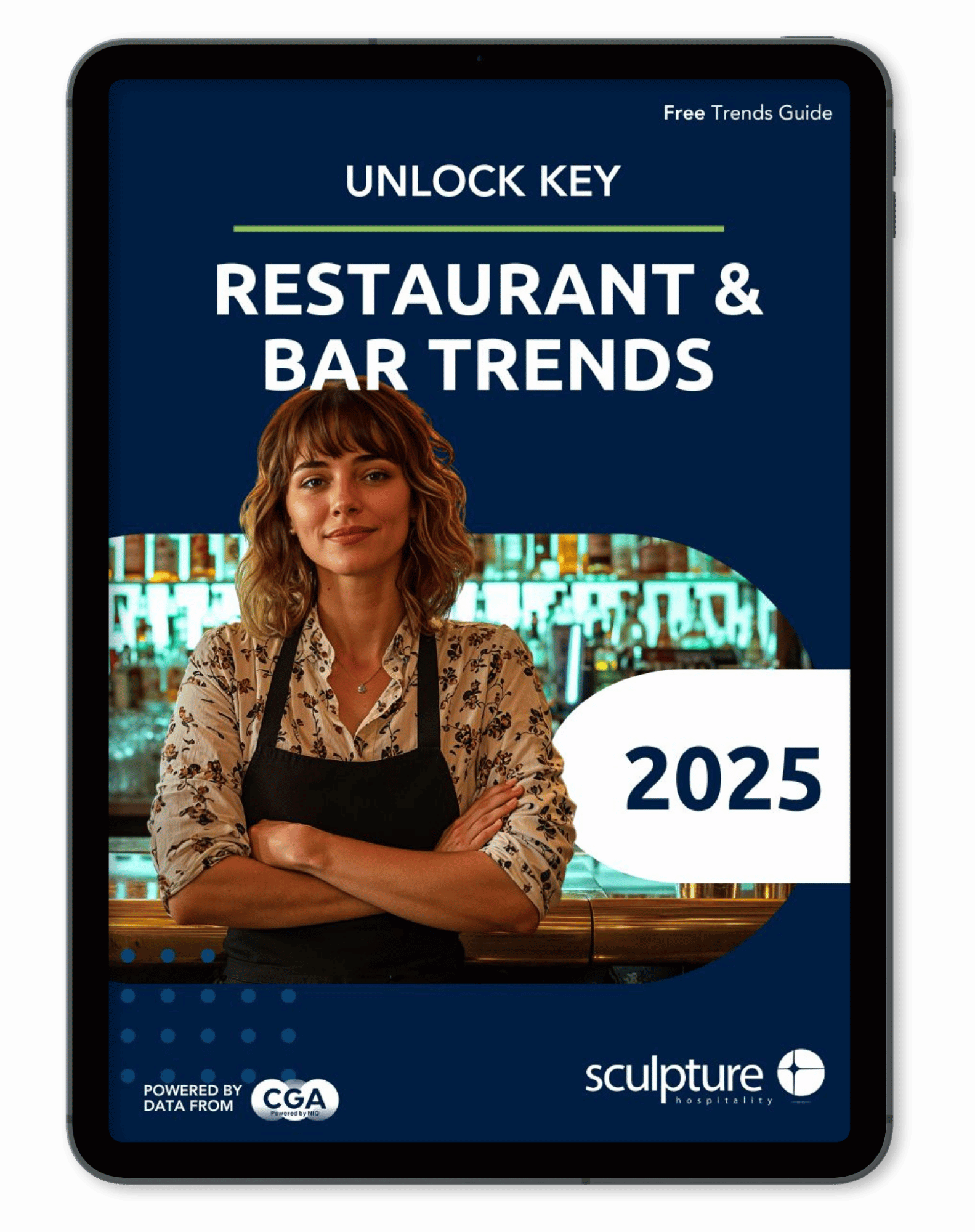Creating an enticing menu is an art form. But, as restaurant owners and operators, it’s important that you don’t overlook another equally crucial aspect of menu creation and that is pricing.
The problem is, striking the right balance between delivering value to your customers, creating delicious dishes, and ensuring a profitable bottom line can be a challenging task. The good news is, we’re here to help.
Today we want to look at how you can price your restaurant menu for a profit so that your culinary masterpiece is a financial success.
Understand Your Costs
Before you can price your menu effectively, you must have a deep understanding of your costs. This doesn’t just include the cost of ingredients. It also includes overhead expenses such as rent, utilities, labour, and maintenance.
Maintaining detailed records and regularly reviewing your costs will give you a clear picture of your financial landscape and help you better understand how much you need to break even or, better yet, make a profit.
Calculating Food Costs
To calculate food cost, you need to determine the cost of each ingredient used in your dishes including food items, condiments, spices and garnish. Be sure to factor in the portion size of each ingredient to determine cost per serving.
For example, if you use a tsp of parsley, you won’t factor in the total cost of the whole bunch of fresh parsley or container of flakes.
Calculating Overhead Costs
Consider all your overhead costs, including rent, utilities, insurance, labor, marketing, and other operating expenses. Divide these costs by the number of dishes you expect to sell to determine the overhead cost per dish.
Determining Price
Once you have an idea of what your restaurant costs, it is time to work out a base price for the menu item.
To do this, you need to add your food cost and overhead cost per dish, and then apply your desired profit margin percentage to calculate the base price for each menu item. Typically, restaurants aim for a profit margin of 15% to 20% of the menu price, but this can vary based on your business model and market.
Base Price = (Food Cost + Overhead Cost) / (1 - Desired Profit Margin)
Calculating Your Food Cost Percentage
One of the fundamental metrics in pricing your menu is the food cost percentage. This percentage represents the portion of your menu price that goes toward covering the cost of ingredients.
Typically, food cost should account for around 30-35% of the menu price, but this can vary depending on your concept and market but you want to make sure the percentage is low enough so that you can cover the overhead costs per dish while also making a bit of profit.
To calculate food cost percentage, you will need the following formula:
Food Cost Percentage = (Cost of Ingredients / Menu Price) x 100
For example, if a dish costs $5 in ingredients and you price it at $15, your food cost percentage is 33.33%. (($5 / $15) X 100).
Once you have your base price, determine the food cost percentage. If it is too high or low, consider adjusting the base price.
Do a Competitive Analysis
To set your menu prices competitively, research your local competitors. Study their menus, portion sizes, and pricing strategies. This will give you insights into the price range that your target audience is willing to pay for similar dishes.
While you should aim to be competitive, remember that quality and unique offerings can justify slightly higher prices.
Monitor Performance
After implementing your pricing strategy, closely monitor its impact on your restaurant's financial health. Analyze sales data, profit margins, and customer feedback. This ongoing evaluation will allow you to make informed adjustments as needed to optimize your profitability.
Pricing your restaurant menu is a blend of art and science. It requires a deep understanding of your costs, market dynamics, and customer psychology.
By following these key strategies, you can strike the perfect balance between offering value to your patrons and ensuring a profitable venture. Crafting a menu that delights the palate and the pocketbook is the ultimate recipe for success in the restaurant industry.
Need help making your restaurant menu more profitable? Get in touch with Sculpture Hospitality today. Our team of inventory management specialists can help you get more money from your stock.











